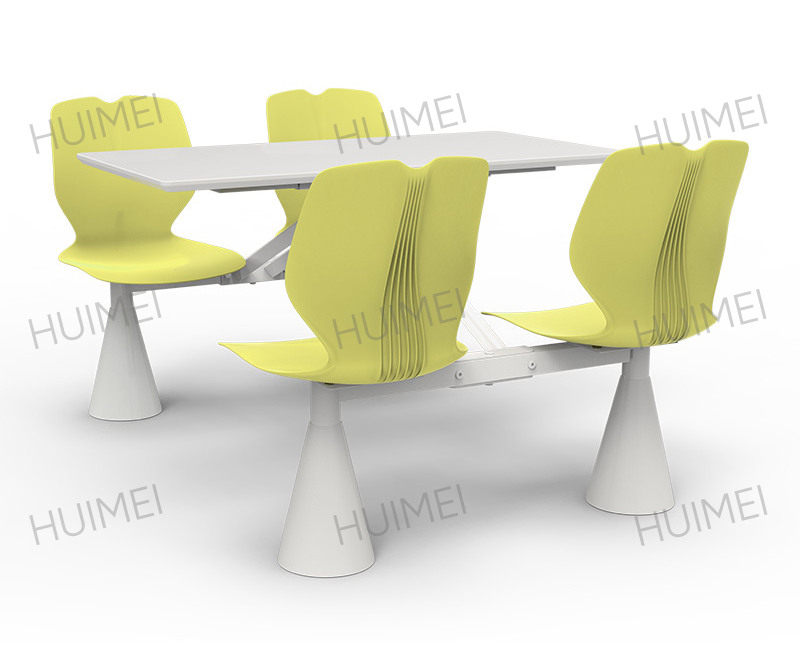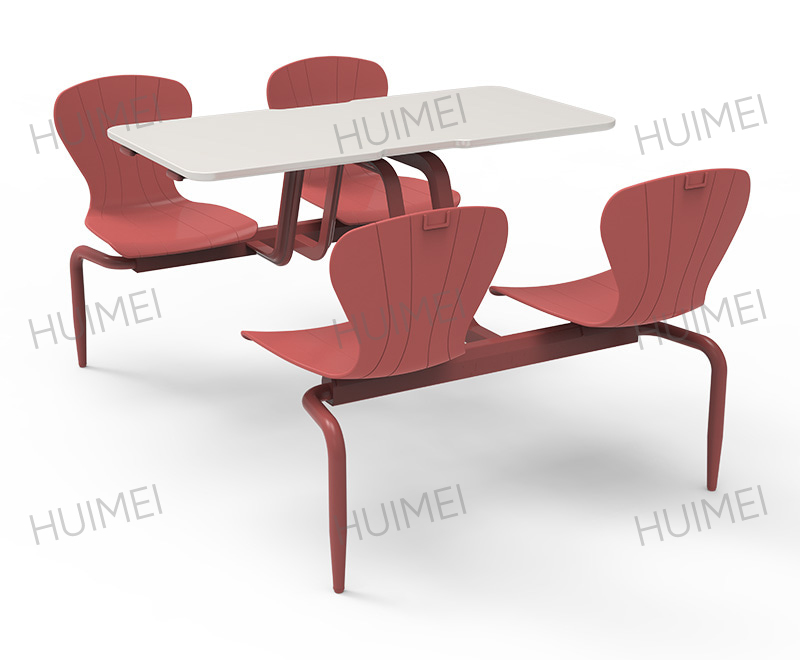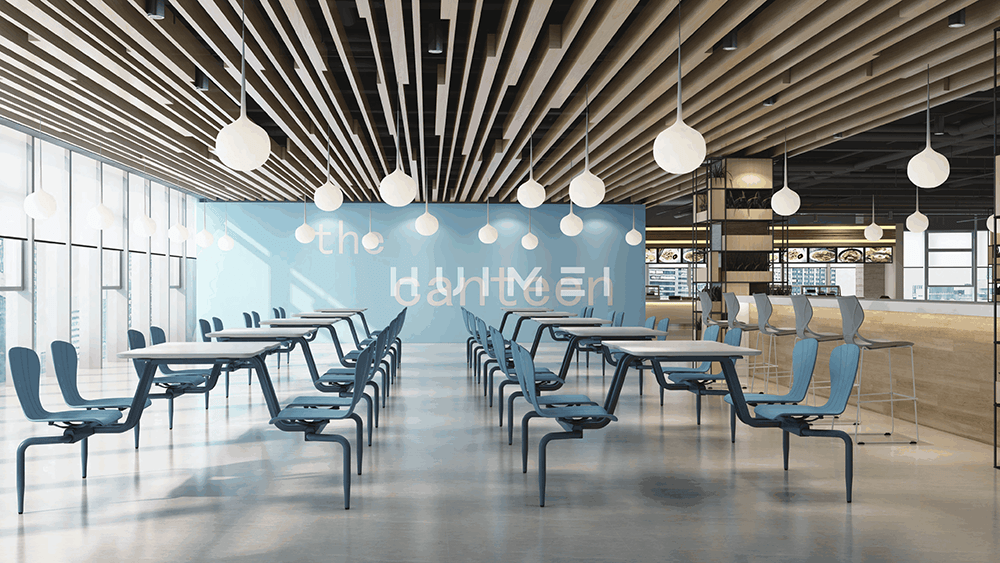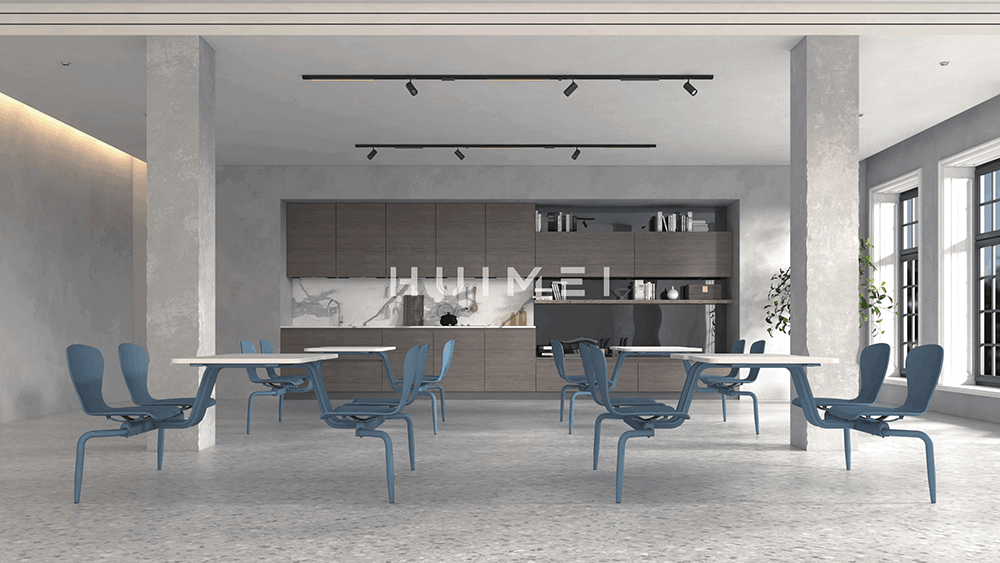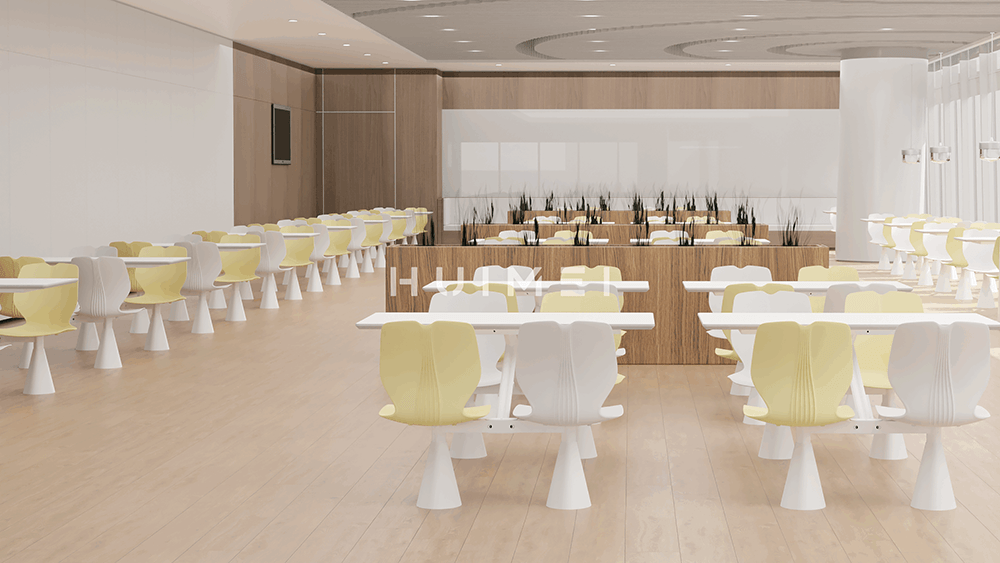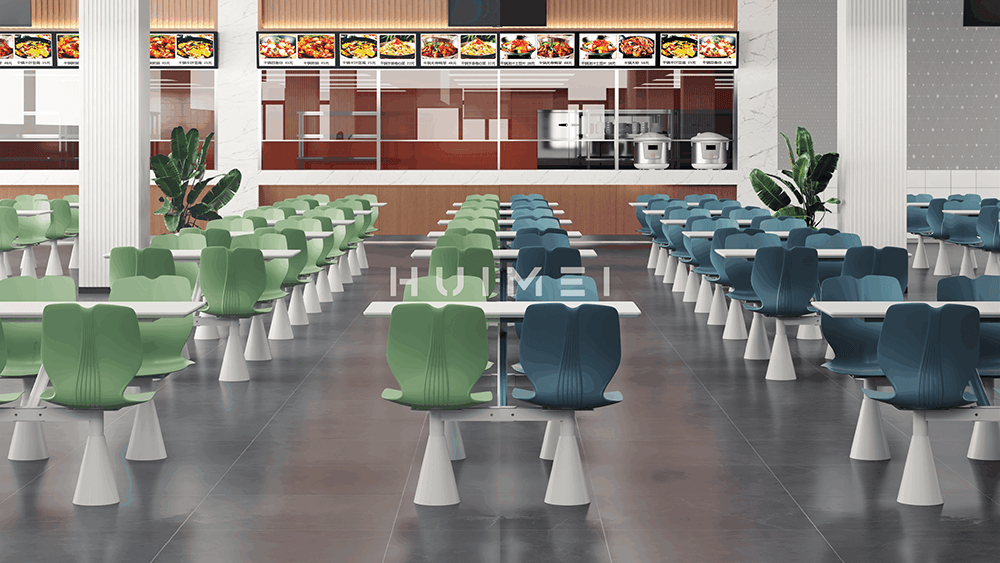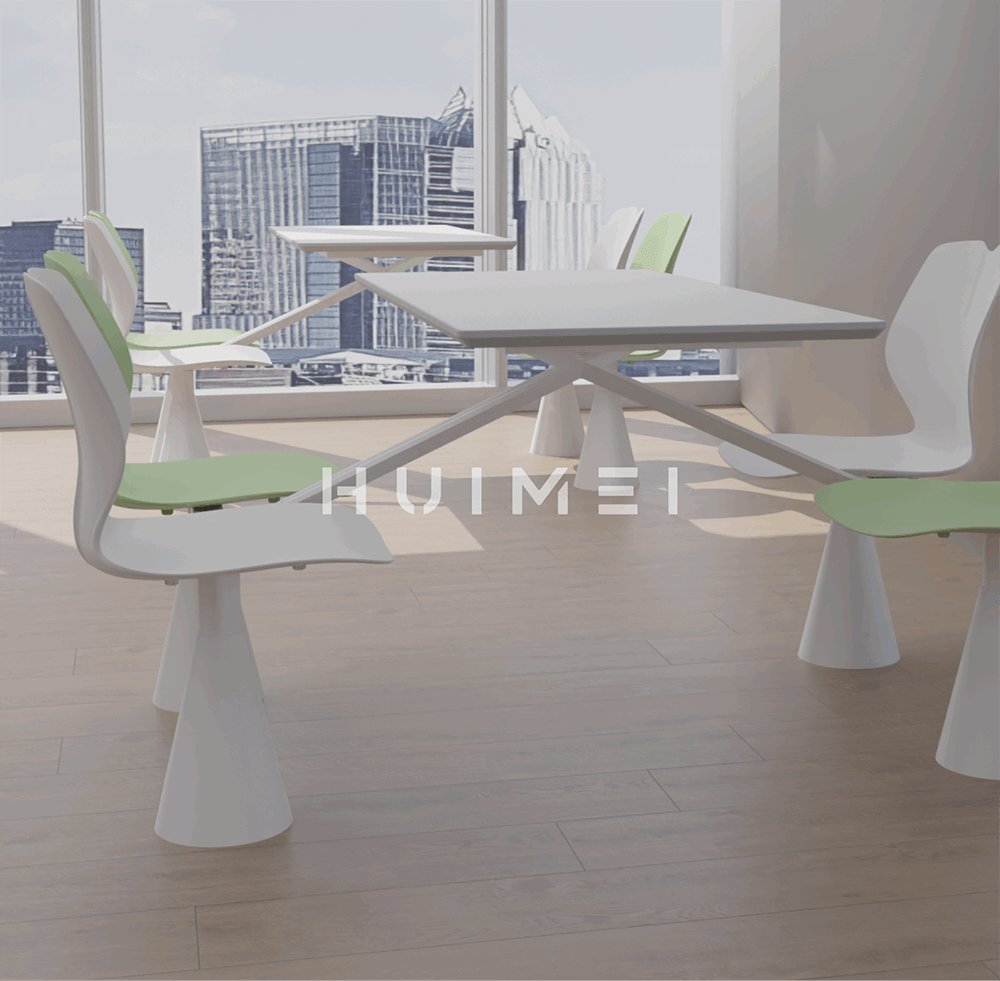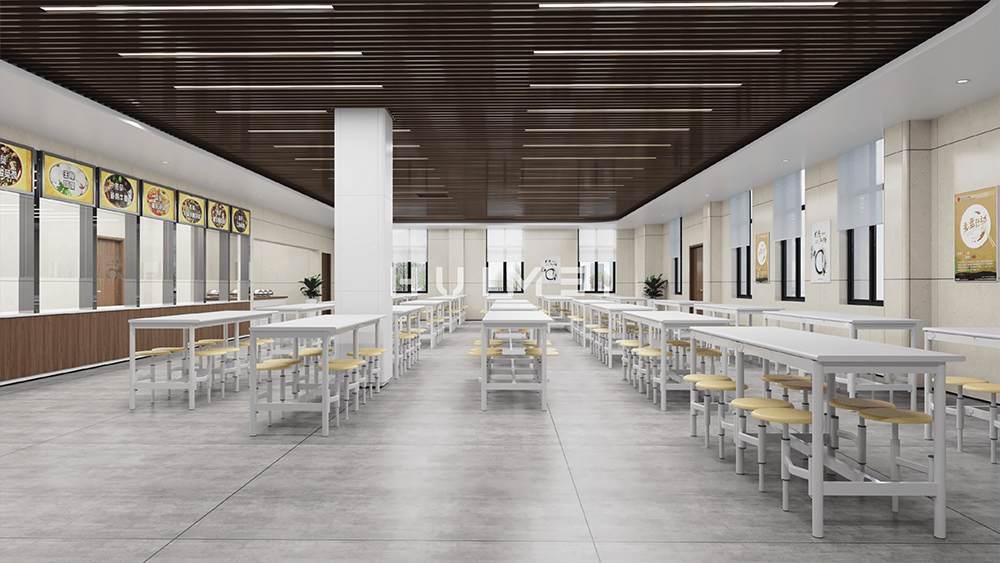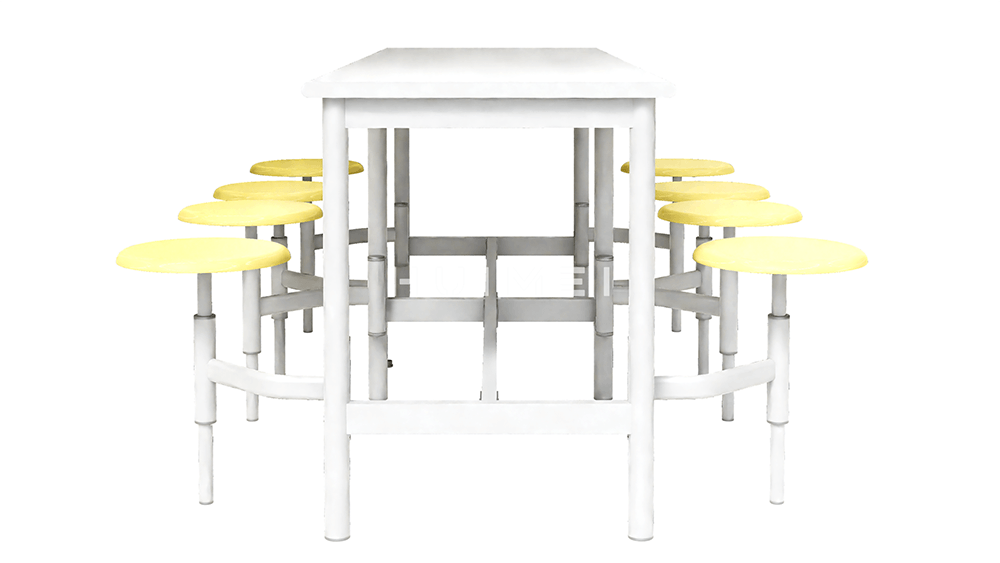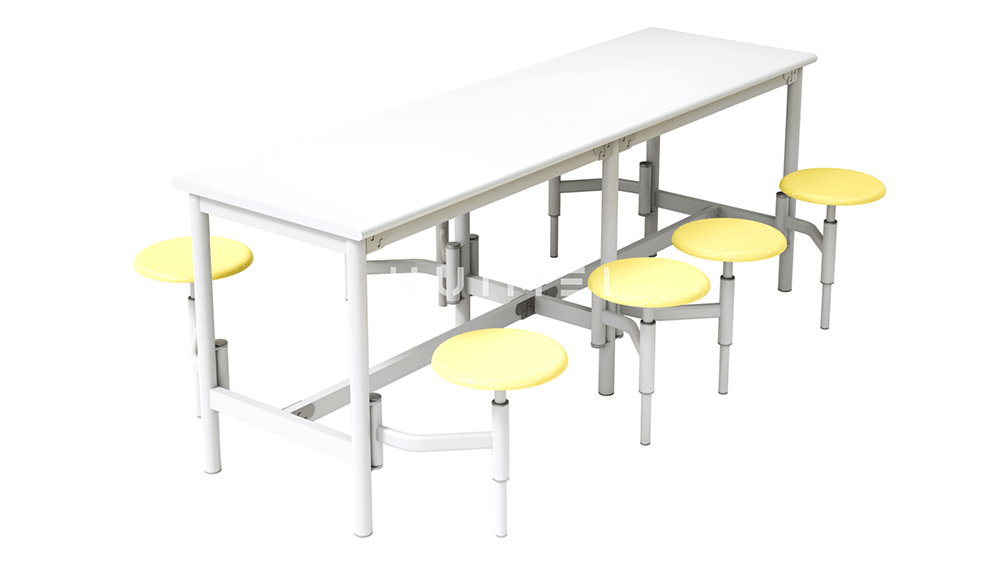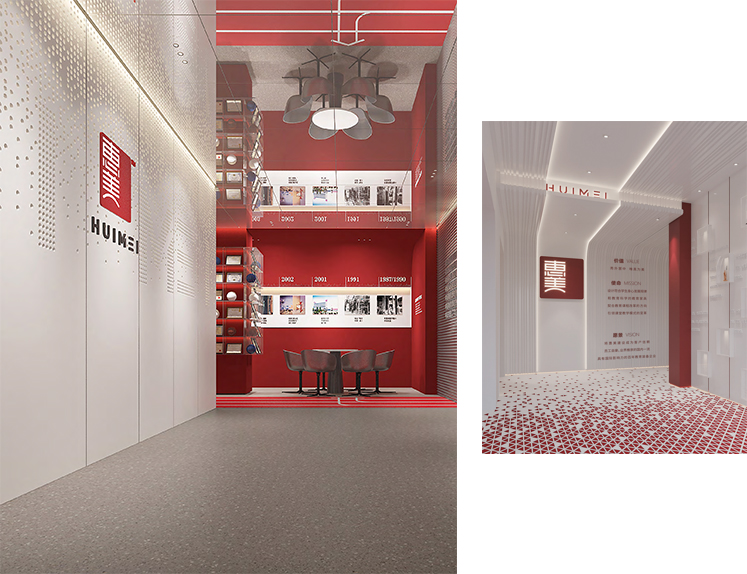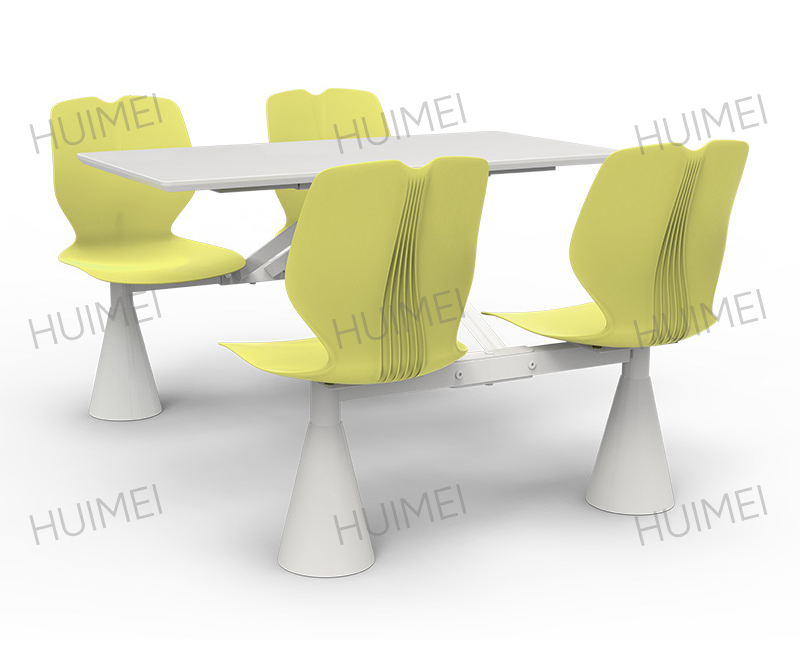With the development of society and the accelerated pace of life, the design of dining spaces is increasingly prioritizing efficiency and functionality. As essential furniture for large public dining areas such as cafeterias, schools, and factories, integrated dining tables and chairs are becoming a new favorite in the market. Their unique design and multiple advantages are ushering in a new era for dining spaces.
One-piece design combines practicality and aesthetics.
Traditional cafeteria tables and chairs are typically separate pieces, taking up a lot of space and requiring considerable effort to clean. Integrated dining tables and chairs, on the other hand, cleverly integrate the table and chairs into a single, compact and efficient unit. This design significantly saves floor space and is particularly suitable for cafeterias with limited space. Furthermore, our large-scale laser engraving worktable and 3D laser cutting technology enable precise cutting and engraving of sheet materials, resulting in a more streamlined and clean overall shape for these integrated dining tables and chairs. This enhances the overall aesthetic of the cafeteria space and breaks the traditional rigid impression.
Upgraded materials create durable and safe products.
The material choice of integrated cafeteria tables and chairs directly impacts their lifespan and safety. Currently, mainstream cafeteria dining tables and chairs on the market are mostly made of environmentally friendly and durable materials such as high-strength steel, fireproof panels, and high-quality plastics. For example, we utilize the advanced Japanese YASKAWA robotic welding system to ensure secure, flawless welds on the steel frame, providing sturdy support and effectively resisting daily wear and tear.
In addition, to achieve superior surface finish and corrosion resistance, our products undergo an acid-wash and phosphating pre-treatment, followed by an electrophoretic primer application. They are then electrostatically sprayed or UV-painted in a dust-free paint shop, ensuring strong adhesion, wear resistance, and a long-lasting, brilliant finish. This meticulous process ensures excellent performance even in humid environments, extending the lifespan of these integrated dining tables and chairs.
Improving Management Efficiency and Boosting Cafeteria Operations
For cafeteria managers, the advantages of integrated dining tables and chairs lie not only in their aesthetics and durability, but also in their ease of management.
Easy to Clean: The integrated design eliminates hidden areas, allowing for easy cleaning with a simple wipe, significantly reducing the workload for cleaning staff.
Easy to Move and Layout: Many products are lightweight, allowing for quick adjustment and rearrangement based on the number of diners or event needs.
High Space Utilization: Compact designs accommodate more diners per unit area, effectively alleviating the pressure of peak dining hours.
Market Outlook: Development Trends Driven by Diversified Demands
As the market for integrated cafeteria dining tables and chairs continues to mature, consumer demands are also becoming increasingly diverse. Future product developments will trend towards:
Personalized Customization: Customization services will be offered in a wider range of colors, materials, and styles, tailored to the style and needs of individual cafeterias.
Intelligent Integration: Some high-end products may incorporate features such as smart sensing and wireless charging to enhance the user experience.
Environmental Protection and Sustainable Development: Cafeteria dining tables and chairs made from more recyclable and environmentally friendly materials will become mainstream.
With their unique design and significant functional advantages, integrated cafeteria dining tables and chairs are gradually replacing traditional split-type dining tables and chairs, becoming the preferred choice in modern cafeterias, schools, fast food restaurants, and other venues. This represents not only an upgrade in furniture products but also a positive response to the trend of modern dining spaces towards efficiency, aesthetics, safety, and convenience.
 English
English русский
русский Français
Français عربى
عربى Español
Español Português
Português 简体中文
简体中文
